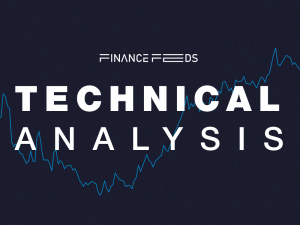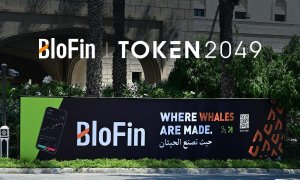ESG: GDFA proposes harmonized approach for green fintechs
The final taxonomy is planned to be published in the first quarter of 2022. For now, the Green Digital Finance Alliance and the Swiss Green Fintech network are inviting feedback on their report.

The Green Digital Finance Alliance (GDFA) and the Swiss Green Fintech network have together launched what they claimed to be the world’s first green fintech taxonomy.
The goal is to enable a harmonised approach for policy makers, investors, and market actor to assess green fintechs.
Third wave of fintech market development
The green fintech taxonomy, which aims to develop and stimulate the green fintech market, starts by providing a classification of green fintechs. These are:
Green digital payment and account solutions;
Green digital investment solutions;
Digital ESG-data and -analytics solutions;
Green digital crowdfunding and syndication platforms;
Green digital risk analysis and insure-tech;
Green digital deposit and lending solutions; and
Green digital asset solutions.
The databases are grouped into four main types: 1) earth observation data; 2) asset self-reported data via IoT; 3) registry and company data; and 4) science and policy databases which are leveraged by green fintechs for access to climate, biodiversity and financial data.
The databases included in this publication are only those it has been possible to identify as leveraged by the seven green fintech categories.
Open-source datasets that have enabled the most fintech innovation in this area include open-source earth observation data from Copernicus and NOAA databases; carbon inventories and carbon accounting databases; voluntary carbon credit registries and open banking data infrastructure. There are also proprietary company databases managed by ESG data vendors.
The alliance added that structuring Internet of Things (IoT) and data in infrastructures may accelerate green fintech innovations across the taxonomy categories.
We are now entering the third wave of fintech market development, the alliance explained, which is defined by fintech solutions that seek to better align behaviors of the financial system with green objectives.
The final taxonomy is planned to be published in the first quarter of 2022. For now, the Green Digital Finance Alliance and the Swiss Green Fintech network are inviting feedback on their report.
Lack of standardization as the biggest threat to ESG disclosures
A recent study, conducted by Duff & Phelps, found that almost half (45%) of valuation experts believe a lack of a standardised and recognised measurement system is the biggest threat to effective environmental, social and governance (ESG) disclosures for businesses.
Respondents revealed they currently use a wide range of frameworks, with no single system having a clear majority. Amongst those surveyed there were 14 different combinations of frameworks used.
Some of the most popular current ESG frameworks include Global Reporting Initiative (GRI) used by 33% of respondents, Sustainable Accounting Standards Board (SASB) at 32% and Task Force for Climate related Financial Disclosures (TCFD) at 25%.









